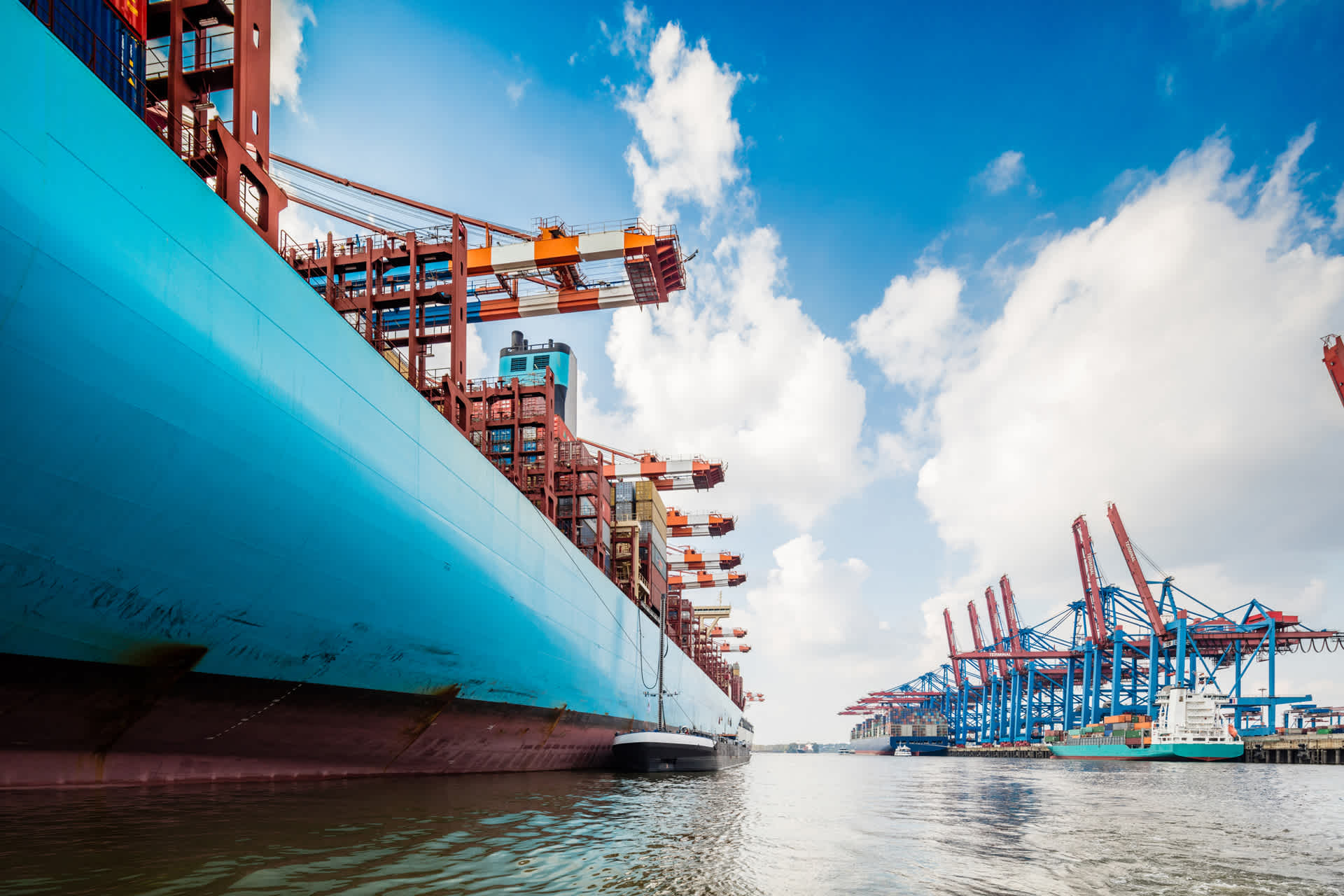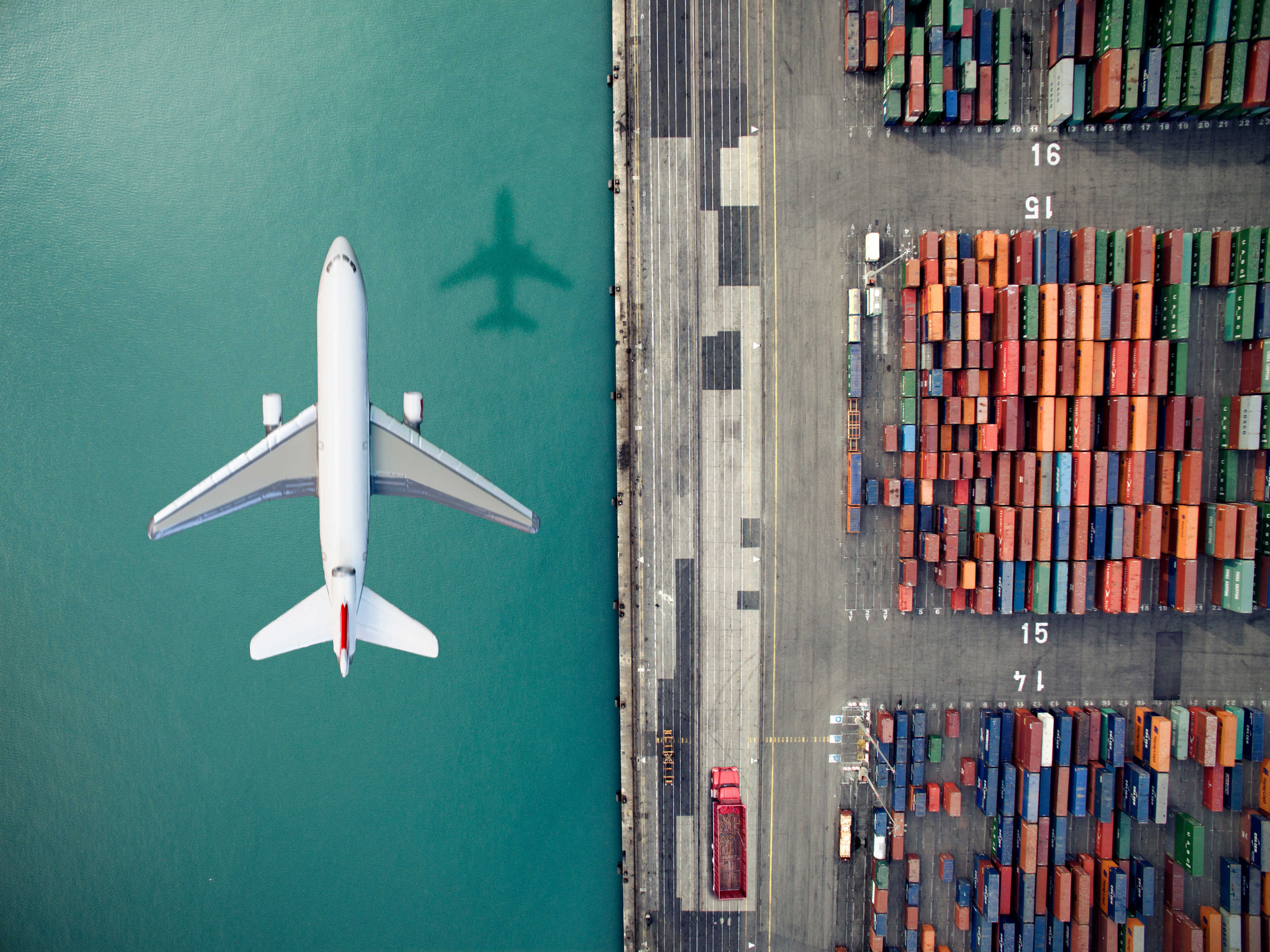Global Logistics Update
Freight Market Update: June 15, 2021
Ocean and air freight rates and trends; customs and trade industry news plus Covid-19 impacts for the week of June 15, 2021.
Freight Market Update: June 15, 2021
Upcoming Webinar: June 23 at 9:00 am PT
State of Trade: The Secret Key to US Trade Negotiations
Will we get new trade deals, or more of the same? Much will come down to President Biden gaining new negotiating authority from Congress. We’ll take a close look at this secret key to strengthening trade rules and critical supply chains, both avowed goals of the White House. Watch now.
Ocean Freight Market Update
Asia → North America (Transpacific Eastbound)
- Ocean carriers post record earnings as the result of record-high rates that continue to climb steadily from Asia to North America. Meanwhile, shippers still face a market where the lack of supply, relative to demand, leaves them paying premium rates even while booking to estimated departure times and schedule reliability stay low. Despite carrier efforts to keep equipment returning in a timely fashion to Asia for export and vessels adhering to sailing schedules and rotations, severe port and intermodal congestion continue to constrain available capacity.
- Rates June 1 GRI implemented, June 15 GRI mitigated, July 1st expected
- Space Critical
- Capacity/Equipment Critical / severe under capacity
- Recommendation Book at least 4-6 weeks in advance of CRD.
- Read more
Asia → Europe (Far East Westbound)
- Space and equipment crunch continues. Market demand is exceeding supply and rates are skyrocketing. There are more blank sailings coming up in June/July and no improvement in equipment status. Carriers have a sizable backlog and are not able to accommodate their booking intake. Yantian port restrictions and congestion are causing further disruption as well with omissions and diversions to alternative ports
- Rates Significant increase on June 15th and rates will go up further moving into July
- Space Extremely tight space situation
- Capacity/Equipment Severe equipment shortage across all Asia origins
- Recommendation Book at least 4-5 week prior CRD. Consider the limited premium options. Adopt flexibility on equipment substitution.
Europe → North America (TAWB)
- Growing congestion in North Europe ports restricts export cargo deliveries. Terminal operator PSA Antwerp announced a seven-day delivery window before the confirmed arrival date of the nominated vessel.
- Rates New PSS / GRI have been announced for July, backed by strong vessel utilization and high-volume forecasts.
- Space Critical, there is high demand on all services.
- Capacity/Equipment Equipment and space are guaranteed only with Premium rates. Capacity is impacted by blank sailings and port omissions made by carriers to get their schedules back in order. Expect equipment availability to worsen in the coming months as the ripple effect of the Yantian–service disruption unfolds.
- Recommendation Book 5 or more weeks prior to CRD. Request Premium service for cargo that needs higher reliability.
India → North America
- Blank sailings and congestion in China make a bad situation worse from ISC -> USWC. Over recent weeks blank sailings have crippled capacity to the USWC. Carriers have and will continue to prioritize TPEB shipments to clear backlog and congestion following Yantian and other China port closures. These issues coupled with an expected surge in export volume due to relaxing of Covid restrictions will make it hard to secure space throughout this summer.
- Rates 2nd half of June GRI Implemented
- Space Tight to USWC and Canada
- Capacity/Equipment Equipment shortages easing. South India still a challenge. Feeder space to transhipment ports like Colombo is tight.
- Recommendation Use premiums on urgent shipments and shipments with quickly approaching CRDs.
North America → Asia
- Vessel delays and void sailings continue to shrink capacity. The US West Coast is still most affected by this lost capacity. Decisions by some ocean carriers to omit or scale back their Port of Oakland calls will further hamper export capabilities. Carriers prioritizing moving their empties back, compounds the situation.
- Rates Anticipating quarterly BAF levels will increase for July 1. GRI advisories are mostly limited to reefer shipments at this time.
- Space Tight from the US East and West Coast. A new service launching in the US Gulf will increase its capacity a good deal. The port of Yantian closure may impact feeder networks for Southeast Asia destinations.
- Capacity/Equipment Capacity tight from the US East and West Coast. Equipment and Chassis tight at most ports and all ramps.
- Recommendation Book 4+ weeks out.
North America → Europe
- US and Europe port congestion diminish available capacity. Ocean carriers implement numerous port omissions to make up vessel schedules, causing a new set of backlogs.
- Rates Steady, but with a July 1 BAF change, rate levels should see an uptick.
- Space Very tight from the US West Coast. The US East Coast is being managed more tightly by a few ocean carriers due to lost space from vessel delays.
- Capacity/Equipment Containers at US EC ports are available but certain rail ramps are tight. Chassis very tight at both ports and rail ramps.
- Recommendation Recommend 4+ weeks lead time on bookings from the US East Coast and 5 to 6+ weeks if possible for the US West Coast.
Air Freight Market Update
Asia
- The Asia export market remains a bit subdued from the highs seen earlier in month but indications point to demand picking up this week as we near the end of Q2.
- Capacity should remain tight over the next two months prior to the start of the traditional peak season as carriers use summer to perform heavy maintenance checks on their freighter aircraft. This capacity reduction along with robust consumption, especially in the US, should keep rates elevated during July and August.
- Passenger flights are not likely to return to Asia in 2021 with the earliest date for any meaningful increase in April of 2022 (Summer IATA schedule season).
Europe
- Export demand remains strong across all trade lanes, elevating rates to higher levels than we usually see this time of year.
- Capacity is expected to improve slightly on the TAWB, with some airlines restarting PAX flights into major US hubs.
- For other trade lanes, capacity is manageable, with early booking still advised to secure space at best rate levels.
- Airport hubs in the EU are operating as normal and not reporting backlogs for import/export.
Americas
- Export capacity remains well utilized due to continued lack of belly capacity. For large consignments it can take 2-3 days from booking to uplift into key European destinations, mainly from the West Coast. Capacity from WC gateways is the most constrained to Europe, while the Midwest and EC are very manageable. Capacity from the WC to Asia is filling up well, not driven by perishables as in recent weeks.
- Space to India, Nepal and Bangladesh remains very constrained as aid and relief efforts reach the COVID-struck region—currently space is booked out until late June.
- LAX and ORD ground handlers facing backlogs are using off-airport facilities to manage the flood of cargo. Ground handlers still report 2-5 days of backlog for breaking down arriving freight.
- Trucking remains scarce for airport transfers and local pickup and deliveries, especially on the USWC.
Updates from Flexport's Customs & Compliance Team
China Competition Bill passes the Senate, but has dubious future in the House
On June 8, the US Senate passed the US Innovation and Competition Act, a bill with a massive scope on technology and trade policies. Particularly, this bill authorizes a new MTB, a resumption of Section 301 tariff exclusion process, and renews GSP for more than five years. However, the bill faces slim prospects of passing in the House of Representatives, as the House has a couple bills addressing similar policy aims.
CIT says that importers must file protests to obtains refunds under Section 301 Exclusions
By dismissing a case whereby plaintiffs sought refunds via Section 301 Exclusions, the Court of International Trade (CIT) on June 11 effectively said that importers must file a protest in a timely manner before filing a lawsuit in the CIT. Thus, the plaintiffs could not seek tariff relief since the statutory protest filing deadline passed for pertinent entries.
The US and the EU resolve longstanding dispute over aircraft subsidies
On June 15, the US and the EU announced they had agreed on a resolution to the decade’s long Airbus-Boeing dispute, thereby relieving importers of the threat of back and forth retaliatory tariffs across the Atlantic. Both the White House and the European Commission hailed the deal as preserving competition in the aircraft industry while giving the US-EU trading relationship some extra stability.
Factory Output News
China The FAK rate from Asia to North Europe is hitting nearly $20,000 per 40ft. And the spot rate increased 1000% from last year. This huge spike brought enormous challenges to retailers, driving some small businesses out of business. [Source]
China The knock-on effect of Yantian port closure may take many months to resolve and lead to shortages in supply in during winter holidays. [Source]
Vietnam Jointly made Pfizer-BioNTech vaccine approved for domestic emergency use in Vietnam. [Source]
Cambodia Country launches industrial gold manufacturing.[Source]
Thailand Export sector—and economy—threatened by a series of Covid outbreaks at 130+ factories. [Source]
Philippines Imports increased by 141% in April from the previous year and exports increased 72%, the highest growth in more than a decade. [Source]
India Coal India, India’s largest domestic coal producer, is aiming for one billion tonnes of coal production by 2024. [Source]
Bangladesh Schools and colleges will remain closed till June 30th in view of the surge in Covid-19 cases. This was an extension from June 13th. [Source]
Pakistan NCOC has placed restrictions on travellers from 26 countries including India, Bangladesh, Iran, Iraq, Indonesia in fear of a fourth wave of Covid-19. [Source]
UK Coronavirus restrictions rules will remain in place in England for another 4 weeks after the planned June 21st unlocking[Source]
Freight Market News
Yantian Delays Threaten Supply Chains A partial closure at the port of Yantian, due to a Covid outbreak, could create long-term global congestion and delays. The Loadstar reports the turmoil could result in product shortages and an increase in the scarcity of shipping containers.
Read More: Yantian Port Congestion Scrambles Shipments After Covid Outbreak
Read More: Beating the Bullwhip Effect: Can Supply Chain Imbalances Be Fixed?
Ships Order Surge; So Do Steel Prices The Wall Street Journal reports that 208 container ships worth $16.3 billion were added to the global order book in the past five years. Some shipbuilders are attempting to renegotiate, though, because the price of steel has shot up. A cargo ship needs 25,000 to 30,000 tons of steel.
Congress Investigates Congestion US Congress has questions for US maritime regulators, container line representatives, and port officials about how to mitigate container shortages and shipping delays. The Journal of Commerce reports the hearing will also address if Shipping Act violations occur when carriers refuse agricultural exports due to congestion.
Economic highlights from Flexport Chief Economist Dr. Phil Levy
Further Evidence of Inflation US consumer prices rose 5.0% over the last 12 months. Chinese producer prices rose 9.0%.
Freight Market Update is a free service from Flexport, the modern freight forwarder. If you're not already a subscriber, we invite you to subscribe here.
Please note that the information in our publications is compiled from a variety of sources based on the information we have to date. This information is provided to our community for informational purposes only, and we do not accept any liability or responsibility for reliance on the information contained herein.


